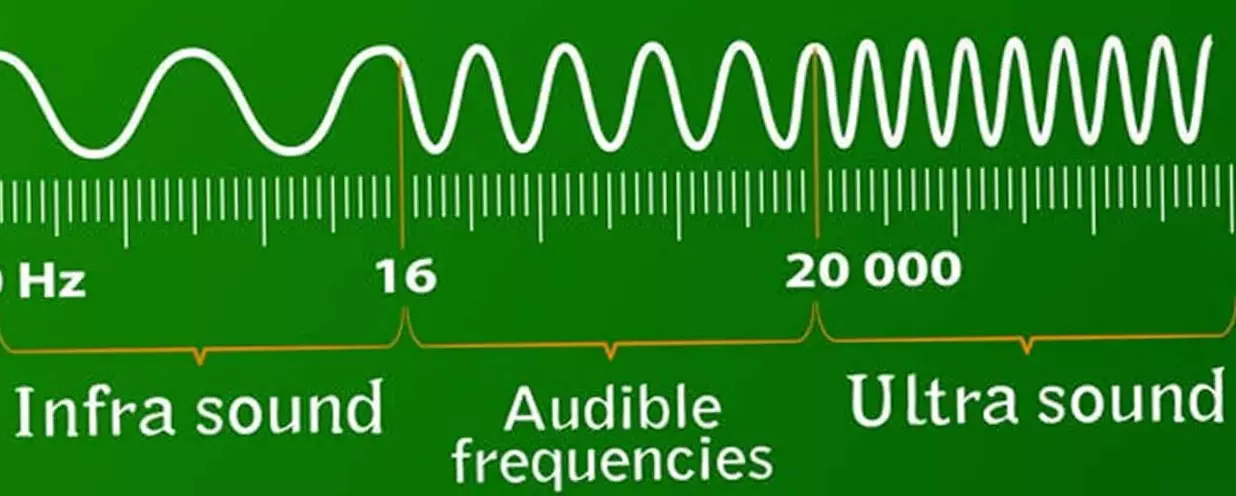Rats and mice, being highly adaptable creatures, possess remarkable abilities to acclimate to their environment, including sound stimuli. Ultrasound, in particular, has been studied for its repellent effects on rodents, but over time, these creatures can develop a form of immunity to such sounds, known as ultrasound deafness. Understanding the mechanisms behind this phenomenon is crucial for the development of effective rodent repellents that can deter these pests without losing efficacy over time.
Ultrasound and Rodent Immunity
Ultrasound, defined as sound frequencies above the upper limit of human hearing (generally above 20 kHz), has been explored as a method of rodent control due to its potential to deter pests without harming humans or pets. However, studies have shown that rodents can become immune to the effects of ultrasound over time, rendering such repellents ineffective.
Rodents exhibit a particular behavior pattern wherein exposure to a continuous, monotonous ultrasound frequency can lead to the development of immunity. This phenomenon, often referred to as ultrasound deafness, poses a significant challenge for pest control efforts relying solely on ultrasound-based repellents.
Factors Influencing Immunity Development
To overcome the issue of ultrasound immunity in rodents, it is essential to consider several factors when designing repellent devices:
Varied Sound Stimuli: Utilizing more than one sound simultaneously can prevent rodents from habituating to a specific frequency. Incorporating a combination of sonic and ultrasound frequencies in rat remover creates a dynamic auditory environment that keeps rodents on edge.
Random Frequency Patterns: Randomizing the frequencies of emitted sounds prevents rodents from predicting or adapting to the repellent stimuli. By constantly changing the frequency pattern, the likelihood of immunity development in Rat is reduced.
Drastic or Smooth Sound Changes: Incorporating sudden shifts or gradual transitions in sound intensity or frequency can disrupt rodents’ auditory adaptation mechanisms. These changes can evoke a heightened response from rodents, making it challenging for them to ignore the repellent stimuli.
Confusing Modulation: Introducing modulation techniques that alter the amplitude, frequency, or phase of the sound signal can further perplex rodents, preventing them from habituating to the repellent. Modulation adds complexity to the sound environment, making it harder for rodents to distinguish between the repellent sound and background noise.
Sonic-Ultrasound Combination: Combining sonic frequencies audible to humans and ultrasound frequencies detectable by rodents can enhance the repellent’s effectiveness. This dual approach targets both human and rodent auditory systems, ensuring comprehensive pest control.
Conclusion
Ultrasound has long been considered a promising method for rodent control, but the development of immunity poses a significant challenge to its effectiveness. By understanding the mechanisms behind ultrasound immunity and incorporating innovative design elements into repellent devices, such as varied sound stimuli, random frequency patterns, drastic or smooth sound changes, confusing modulation, and sonic-ultrasound combinations, researchers can develop more robust rodent repellents that deter pests effectively over the long term. This interdisciplinary approach merging knowledge from acoustics, biology, and behavior theory holds promise for addressing the persistent issue of rodent infestations in urban and rural environments.

